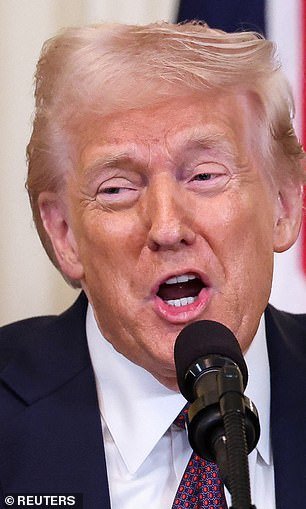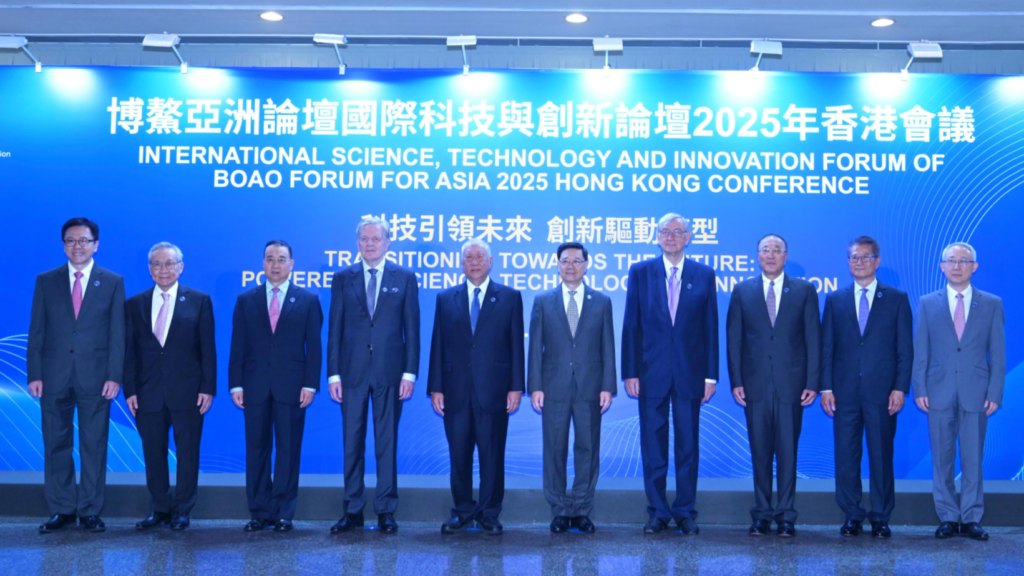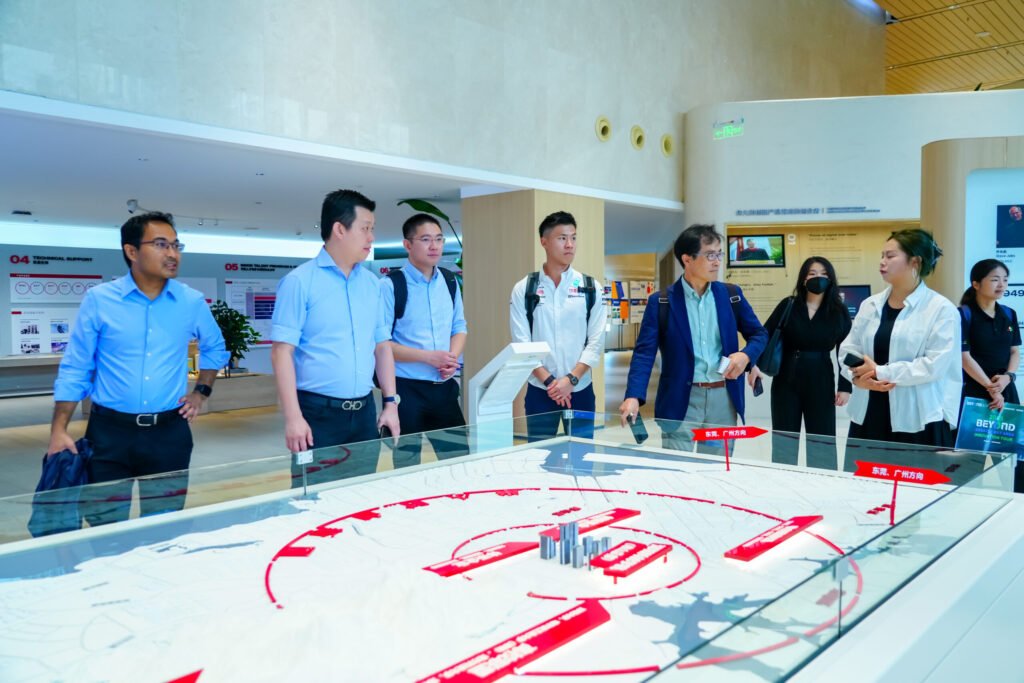But online, disbelief is running high.
Many are asking why China would send an unproven, in-testing aircraft — one not even inducted into its own air force — to a foreign buyer that still depends on IMF funding for economic survival.
Social media lights up: ‘It hasn’t even paid for the J-10’
On Chinese platforms, the tone has been blunt and biting. One X user, Yingyang Medical School (@Zhejiang), wrote, “Pakistan has also made a lot of fake news. How can it afford to buy it? It hasn’t even paid for the J-10.” That refers to Islamabad’s overdue payments for earlier Chinese J-10C fighter jets.

Live Events
Another user, CQL0530, expressed disbelief over Beijing’s manufacturing priorities: “China’s own production of the J-35 has not yet been built up. How can it be given to them?”
And some didn’t bother with nuance. Angry Man 1957 (@Guangdong) wrote, simply, “Bullshit!” while another, posting as Clouds rise and fall from Sichuan province, said “I can’t afford it all,” seemingly lamenting the financial burden on Chinese taxpayers.
The phrase “2 more powerful printers are coming”, shared by user Cracked Rose (@Guangdong), sparked speculation about whether the government plans to ramp up jet production or metaphorically “print money” to cover the cost.
A charity sale or strategic move?
The timing of the announcement is what has drawn particular ire. It comes just days after the deadly terror attack in Pahalgam, Jammu & Kashmir. The optics are not lost on either side: India views the move as Beijing arming its ally against Indian forces, while Chinese users question if their government is effectively subsidising weapons for a client state with poor credit history.
One user summed up the sentiment: “It is more in your interest to spend money on building and purchasing industrial equipment and infra.”
To them, this isn’t about strategy — it’s about misplaced priorities.
The bigger gamble: Selling unfinished products
The J-35A — also known as the FC-31 — is still undergoing testing and has yet to be formally inducted into the People’s Liberation Army Air Force. Unlike America’s F-35, which has seen over 900 units delivered globally, the Chinese stealth fighter is still pre-operational.
Yet China appears eager to use the Pakistani order to market the aircraft internationally. The J-35 is designed to rival Western platforms, but without combat experience or confirmed specs, it remains a gamble.
Experts say the stealth jet may one day feature advanced sensors and integrated battlefield communication systems. For now, however, it’s a concept being sold as a finished product — and critics aren’t convinced.
Trying to sell the J-10CE and the story that didn’t fly
Pakistan has also claimed that during Operation Sindoor, its Chinese-supplied J-10CE jets — armed with long-range PL-15 missiles — downed multiple Indian Rafale fighters. Beijing has reportedly leaned on these claims to pitch the J-10CE as “combat-tested” in marketing materials.
But outside Pakistan, no one’s buying.
China’s attempts to sell the J-10CE to Egypt, Brazil, and Uzbekistan have all fallen through. One reason is technical: the jet still depends on Russian engines like the Klimov RD-93 and Saturn AL-31, which many countries consider outdated or risky due to supply chain uncertainties.
India watches, Pakistan trains, China stays quiet
Pakistani pilots are already being trained in China to fly the J-35s, according to sources. Meanwhile, the Chinese government and state media have remained silent on the growing online criticism. There’s been no confirmation, no denial — just quiet momentum behind the scenes.
India, on the other hand, is likely to view the sale as part of a broader strategy to shift the regional power balance. A 50% discount on next-gen jets, timed after a cross-border terror attack, adds fuel to long-standing concerns about China using Pakistan as a military proxy.
For now, the deal is neither confirmed by China nor fully detailed. But the backlash has been clear. Citizens are asking tough questions. Why sell an untested weapon to a financially unstable country? Why offer it at a discount? And who, ultimately, is footing the bill?
Beijing may see the move as a long-term strategic investment. But at home, many are calling it what they believe it is — a heavily subsidised, risky gamble, paid for by the Chinese taxpayer.








